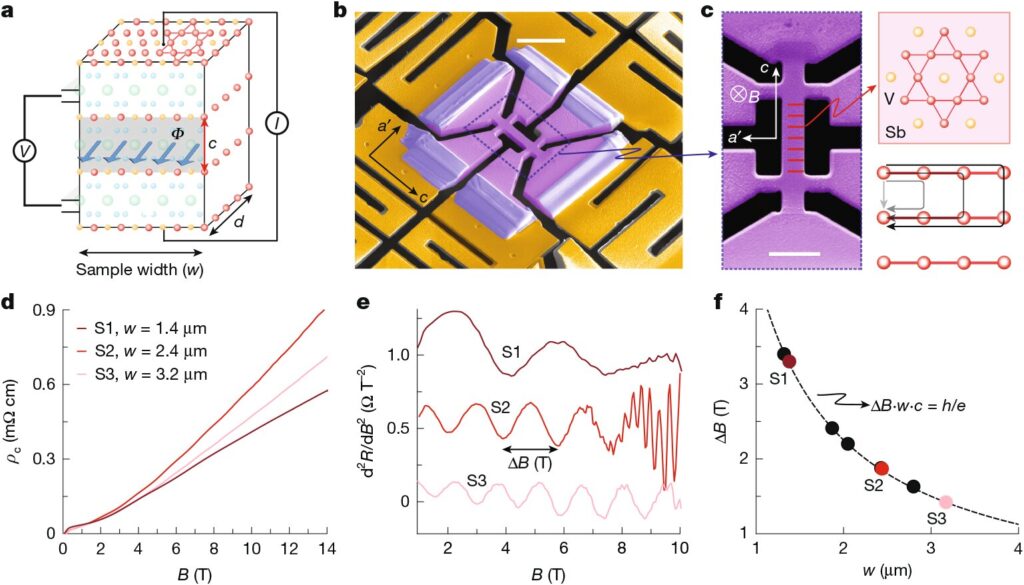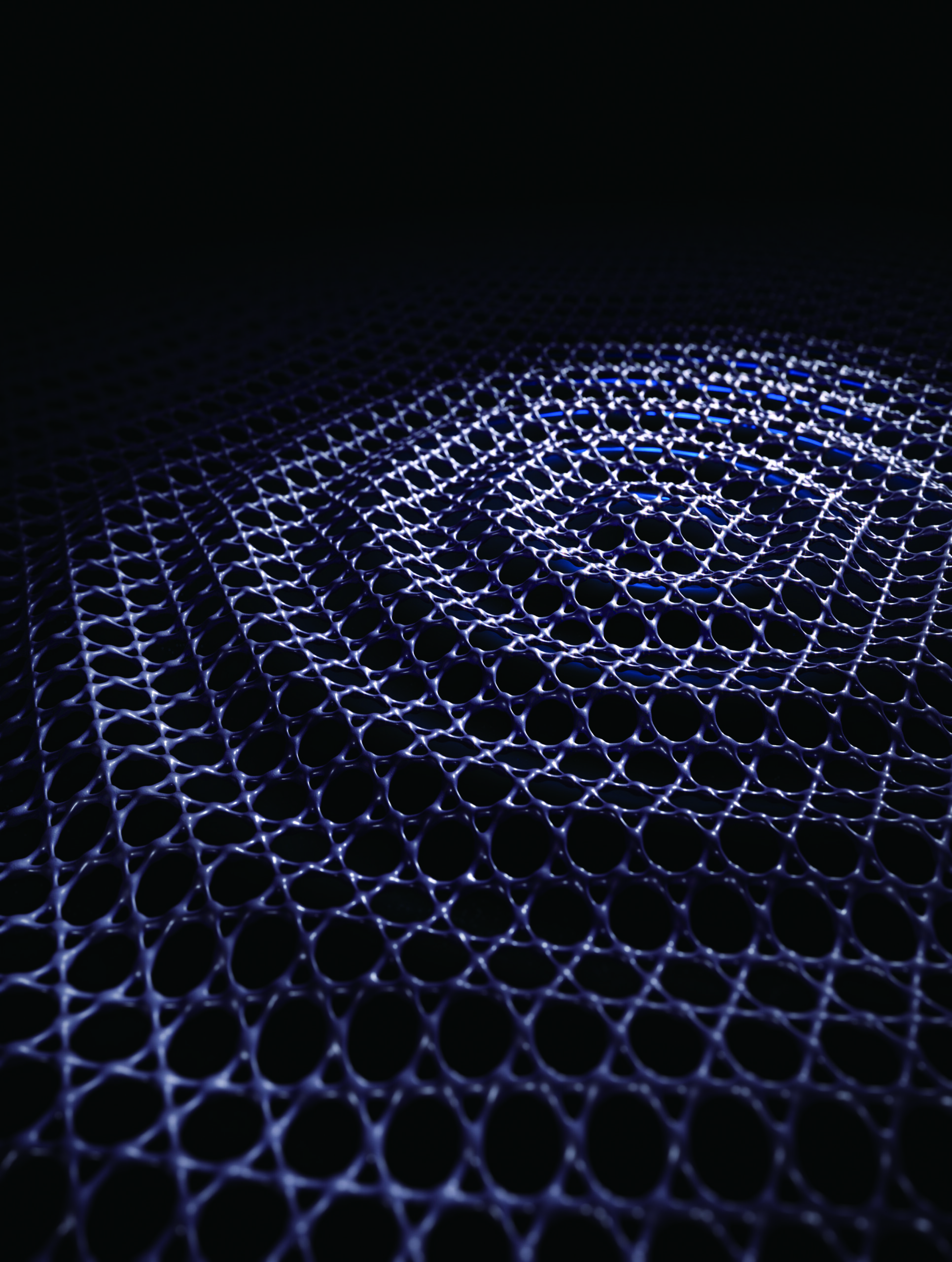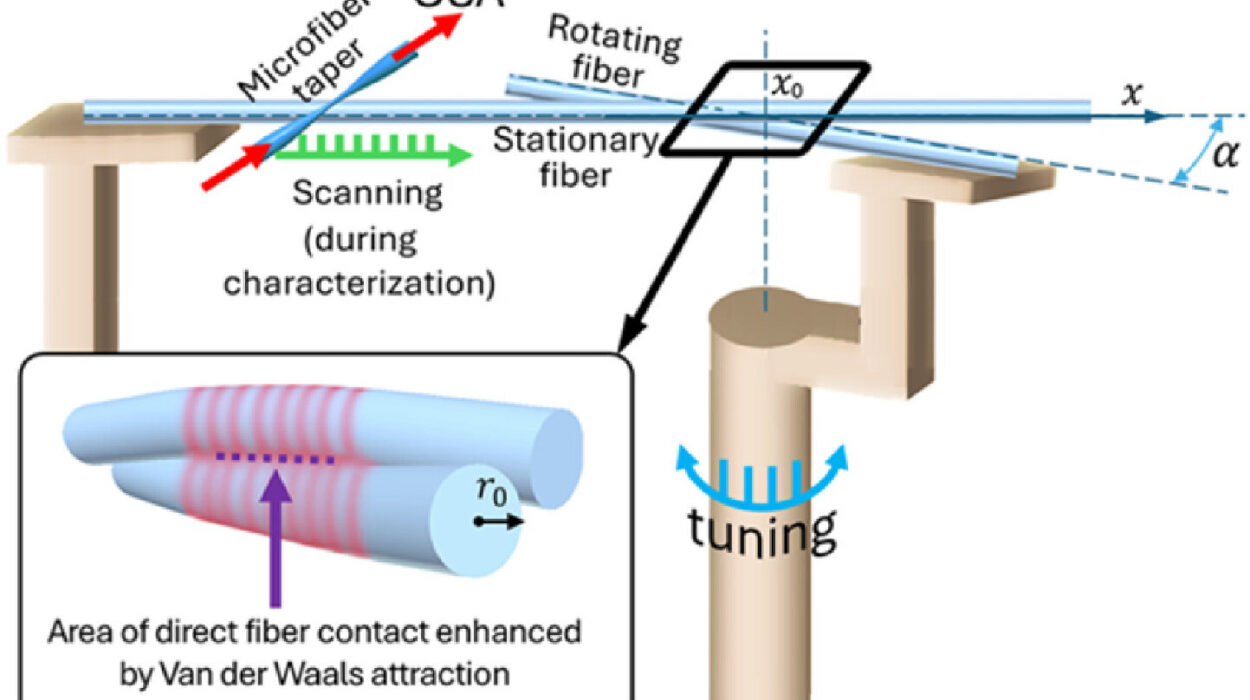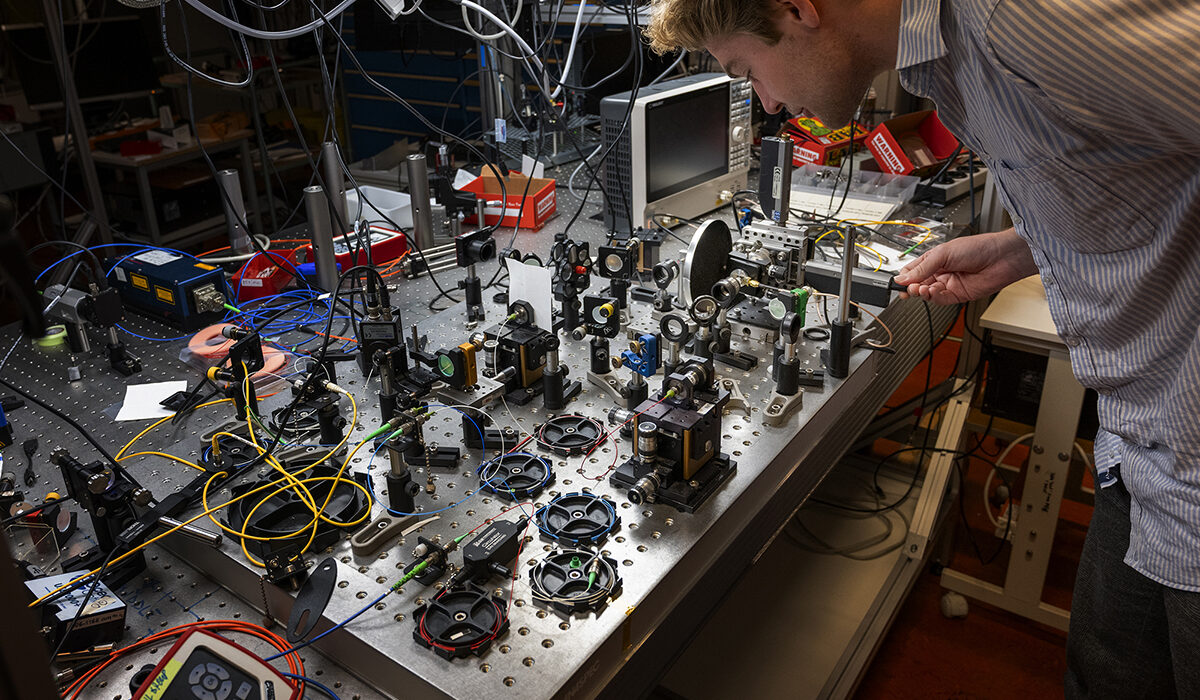In the quiet corridors of the Max Planck Institute for the Structure and Dynamics of Matter (MPSD) in Hamburg, something extraordinary has unfolded—an experiment that blurs the boundary between art, architecture, and the quantum world. Physicists there have uncovered a remarkable form of quantum behavior hidden within an intricate class of materials known as Kagome metals.
Named after a traditional Japanese woven bamboo pattern, Kagome crystals have a star-like arrangement of atoms forming triangles and hexagons. In these elegant geometries, electrons—normally chaotic, independent, and noisy—began to behave like members of a perfectly synchronized orchestra. Instead of acting as random individuals, they formed a collective “song,” one that changed its melody depending on the shape of the crystal itself.
This discovery, published in Nature, reveals a new principle in physics: geometry alone can tune the quantum coherence of electrons. In other words, the shape of a material can directly influence how quantum particles behave—a revolutionary concept that may transform how scientists think about designing the next generation of quantum materials and devices.
When Electrons Begin to Sing
In most materials, electrons are restless travelers. They scatter, collide, and lose their coherence—meaning the delicate phase relationship between their quantum waves quickly vanishes. Quantum coherence typically survives only in special, fragile conditions such as superconductivity, where electrons pair up and move as a single unified current without resistance.
But in this new research, the MPSD team witnessed something entirely different. In the Kagome metal CsV₃Sb₅, when they sculpted the crystals into micrometer-sized pillars and applied magnetic fields, the electrons did something no one expected—they interfered collectively, as if they were aware of each other’s presence in a harmonious rhythm.
The researchers observed Aharonov–Bohm-like oscillations—a phenomenon usually reserved for systems where electrons maintain quantum coherence over long distances. These oscillations in electrical resistance indicated that electrons were not acting as independent particles but as a coherent many-body state.

“This is not what non-interacting electrons should be able to do,” said Chunyu Guo, the study’s lead author. “It points to a coherent many-body state.”
For physicists, this was an astonishing result. It suggested that coherence—a quality that defines the essence of quantum mechanics—can exist without superconductivity. The electrons, somehow, had found a new way to cooperate.
Geometry as the Conductor
What made this quantum behavior even more striking was its sensitivity to shape. When the researchers changed the geometry of the Kagome crystal, the pattern of oscillations changed too. Rectangular samples produced one kind of pattern, while parallelograms switched behavior at 60° and 120°, mirroring their very shape.
“It’s as if the electrons know whether they’re in a rectangle or a parallelogram,” explained Philip Moll, Director at MPSD and one of the senior authors of the study. “They’re singing in harmony—and the song changes with the room they’re in.”
In essence, the geometry acted as the conductor of the quantum orchestra. The electrons were responding not just to the atomic arrangement within the lattice but to the overall shape of the crystal itself. The crystal’s architecture dictated how the electrons interacted and interfered, transforming physical form into a tool of quantum control.
This insight redefines how scientists might think about building future materials. Traditionally, the functionality of a material—its conductivity, magnetism, or optical properties—has been determined primarily by its chemical composition. But now, geometry appears as a new ingredient, equally fundamental. “Kagome metals are giving us a glimpse of coherence that is both robust and shape-sensitive,” said Moll. “It’s a new design principle we didn’t expect.”
The Mystery of the Kagome Lattice
The Kagome pattern has long captivated both artists and scientists. In Japanese basket weaving, it forms an interlocking design of triangles and hexagons—a balance of symmetry and tension that gives both strength and beauty. Physically, this same geometry creates what physicists call geometric frustration.
In a Kagome lattice, electrons or magnetic spins cannot easily settle into a simple arrangement. The competing interactions between triangular and hexagonal paths often lead to exotic quantum phases, including unconventional superconductivity, charge-density waves, and topological states of matter.
In the case of CsV₃Sb₅, the Kagome geometry produces intricate electronic structures where electrons can move freely along certain paths while being constrained in others. This unique interplay of symmetry and frustration creates fertile ground for quantum coherence to emerge.
The MPSD discovery extends these effects beyond the atomic scale, demonstrating that geometry influences not only the microscopic arrangement of atoms but also the macroscopic collective behavior of electrons across the entire crystal.
Just as a choir’s sound resonates differently in a cathedral than in a concert hall, electrons in these star-shaped Kagome crystals seem to resonate differently depending on the geometry of their “room.”
Sculpting Quantum Matter
To uncover this effect, the team used advanced techniques to sculpt the crystals into tiny, precise shapes just a few micrometers across—about one-tenth the width of a human hair. Focused ion beams carved out miniature pillars of the Kagome metal, each with distinct geometries.
By measuring how electrical resistance changed under varying magnetic fields, the researchers detected subtle oscillations—quantum fingerprints showing that the electrons’ wave-like behavior was coherent across the entire structure. The fact that these oscillations changed systematically with the crystal’s geometry revealed a stunning new form of shape-sensitive quantum coherence.
Such experiments require both precision and creativity. The researchers had to control not only the purity and structure of the crystal but also its external environment, ensuring that temperature, magnetic field, and geometry all aligned perfectly to expose this fragile quantum behavior.
A New Era of Quantum Design
The implications of this discovery stretch far beyond the laboratory. For decades, scientists have sought ways to control quantum coherence—essential for technologies such as quantum computers, sensors, and communication systems. Typically, these efforts focused on manipulating materials through chemistry, temperature, or electromagnetic fields.
But the Hamburg team’s results suggest something entirely new: quantum architecture. Instead of merely discovering coherence, scientists could one day design it by shaping materials—crafting structures that naturally guide electrons into coherent states.
“Once coherence can be shaped rather than merely discovered, the frontier of quantum materials could shift from chemistry to architecture,” said Guo.
This approach could inspire the creation of devices where geometry defines quantum function. Imagine materials sculpted like musical instruments, each designed to produce a different “quantum note.” A circular geometry might yield one coherent pattern; a triangular one, another. Entire circuits could be tuned not just by electrical signals but by the shapes of their components.
Such control could revolutionize the fields of quantum computing and nanoscale electronics, where coherence and decoherence determine whether a quantum bit—known as a qubit—remains stable long enough to perform useful computations.
From Chemistry to Architecture
Traditionally, material science has been the art of chemistry—combining elements to produce desired properties. But this research points to a future where form defines function at the quantum level.
Instead of focusing solely on what atoms a material contains, scientists may begin asking how those atoms are arranged and how the overall geometry channels collective behavior. In this sense, materials could be “tuned” like musical instruments, where the same ingredients produce different harmonies depending on how they are shaped.
This idea resonates with a broader shift in modern physics—one that sees structure, symmetry, and topology as essential to understanding and controlling the quantum world. By merging geometry and quantum mechanics, researchers are moving closer to designing materials that behave according to architectural blueprints rather than trial and error.
More information: Chunyu Guo et al, Many-body interference in kagome crystals, Nature (2025). DOI: 10.1038/s41586-025-09659-8






